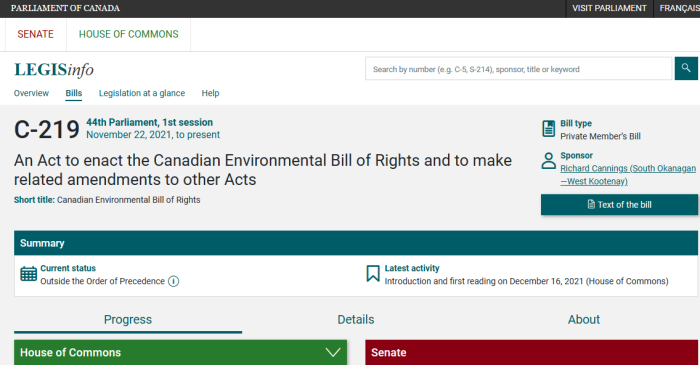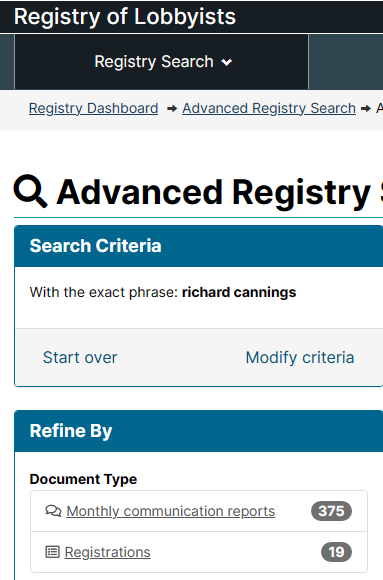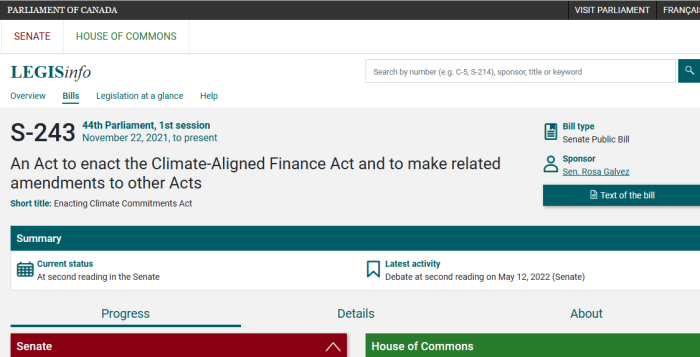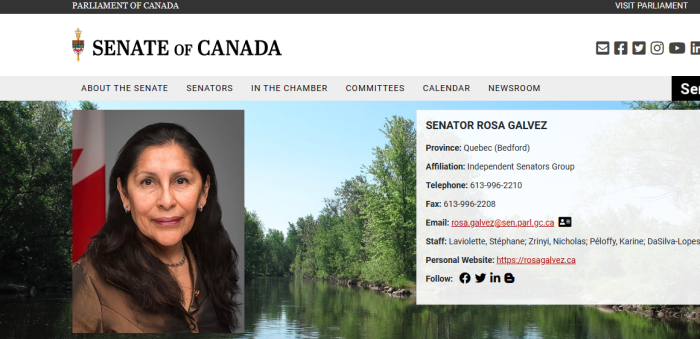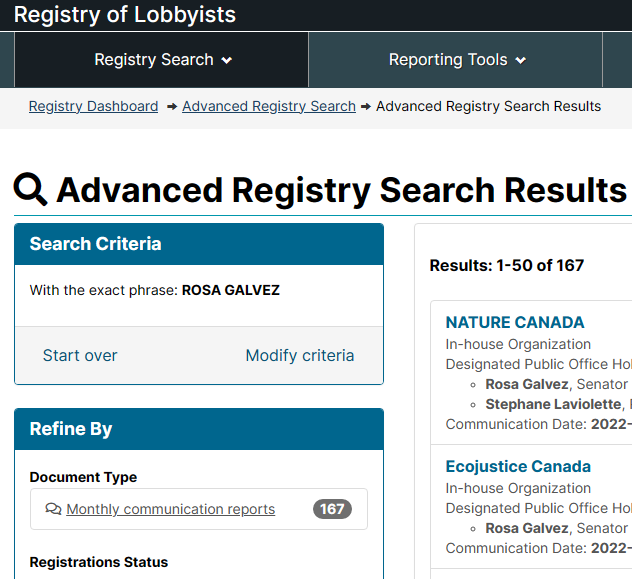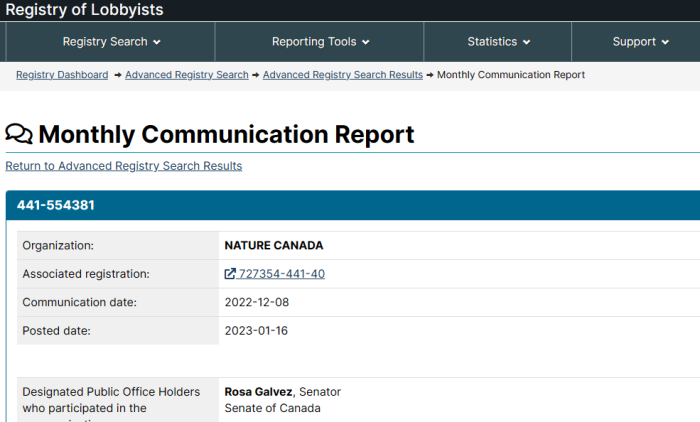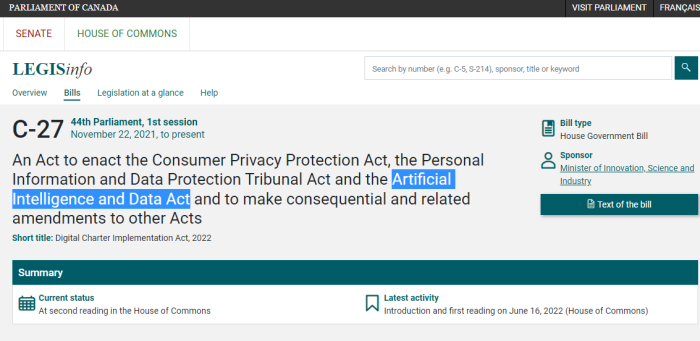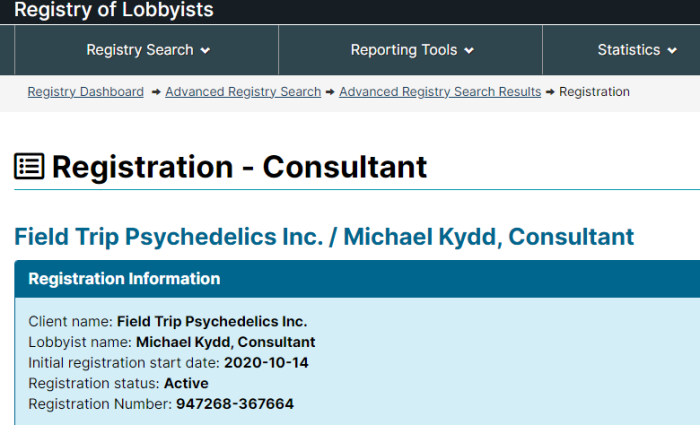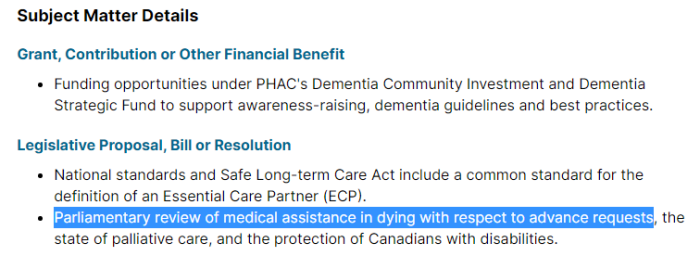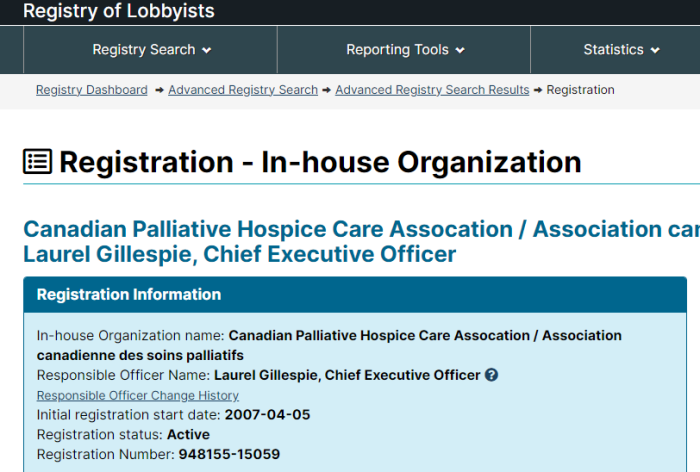
Canada’s Bill C-5 is a piece of legislation has been rightfully criticized as gutting the strength of crimes involving firearms. While this is true, it’s quite shocking to see the actual details.
Comparing the current version of the Criminal Code versus the changes being pushed, it’s unsettling. Punishments for some of the most serious offences are being gutted.
Here’s a look at some of the changes that would be made.
Using firearm in commission of offence
.
85 (1) Every person commits an offence who uses a firearm, whether or not the person causes or means to cause bodily harm to any person as a result of using the firearm,
.
(a) while committing an indictable offence, other than an offence under section 220 (criminal negligence causing death), 236 (manslaughter), 239 (attempted murder), 244 (discharging firearm with intent), 244.2 (discharging firearm — recklessness), 272 (sexual assault with a weapon) or 273 (aggravated sexual assault), subsection 279(1) (kidnapping) or section 279.1 (hostage taking), 344 (robbery) or 346 (extortion);
.
(b) while attempting to commit an indictable offence; or
(c) during flight after committing or attempting to commit an indictable offence.
.
Marginal note: Using imitation firearm in commission of offence
.
(2) Every person commits an offence who uses an imitation firearm
(a) while committing an indictable offence,
(b) while attempting to commit an indictable offence, or
(c) during flight after committing or attempting to commit an indictable offence,
.
whether or not the person causes or means to cause bodily harm to any person as a result of using the imitation firearm.
.
Marginal note: Punishment
.
(3) Every person who commits an offence under subsection (1) or (2) is guilty of an indictable offence and liable
.
(a) in the case of a first offence, except as provided in paragraph (b), to imprisonment for a term not exceeding fourteen years and to a minimum punishment of imprisonment for a term of one year; and
.
(b) in the case of a second or subsequent offence, to imprisonment for a term not exceeding 14 years and to a minimum punishment of imprisonment for a term of three years.
Under the current version of the Criminal Code, a person faced a minimum of a year in prison (for a first offence), and 3 years (for subsequent offences). While this is still pretty lenient, there were at least minimums. This applies to:
- s.220 (criminal negligence causing death)
- s.236 (manslaughter)
- s.239 (attempted murder)
- s.244 (discharging firearm with intent)
- s.244.2 (discharging firearm — recklessness)
- s.272 (sexual assault with a weapon)
- s.273 (aggravated sexual assault),
- s.279(1) (kidnapping)
- s.279.1 (hostage taking)
- s.344 (robbery)
- s.346 (extortion)
However, s.85(3) would be rewritten to remove the minimum terms, and simply replace them with 14 year maximums. Not only are the minimums removed, but another part of the Bill changes the rules surrounding conditional sentencing (house arrest) for serious crimes.
It’s worth pointing out that there doesn’t seem to be much of a distinction between a crime committed using a real firearm v.s. one where a replica is used. Makes sense, as it wouldn’t really matter to the victims, if they believed it to be real.
Reasonable people can disagree on how widespread minimum sentencing should be. That said, there are offences where it needs to exist, just to have some sense of law and order.
Possession of firearm knowing its possession is unauthorized
.
92 (1) Subject to subsection (4), every person commits an offence who possesses a prohibited firearm, a restricted firearm or a non-restricted firearm knowing that the person is not the holder of
.
(a) a licence under which the person may possess it; and
(b) in the case of a prohibited firearm or a restricted firearm, a registration certificate for it.
.
Marginal note: Possession of prohibited weapon, device or ammunition knowing its possession is unauthorized
.
(2) Subject to subsection (4), every person commits an offence who possesses a prohibited weapon, a restricted weapon, a prohibited device, other than a replica firearm, or any prohibited ammunition knowing that the person is not the holder of a licence under which the person may possess it.
.
Marginal note: Punishment
.
(3) Every person who commits an offence under subsection (1) or (2) is guilty of an indictable offence and liable
(a) in the case of a first offence, to imprisonment for a term not exceeding ten years;
(b) in the case of a second offence, to imprisonment for a term not exceeding ten years and to a minimum punishment of imprisonment for a term of one year; and
(c) in the case of a third or subsequent offence, to imprisonment for a term not exceeding ten years and to a minimum punishment of imprisonment for a term of two years less a day.
For possession of a firearm (where it’s known to be illegal, second and subsequent convictions currently carry mandatory jail sentences. This Bill would change that to simply a maximum punishment of 10 years. It would be entirely up to the Judge to impose the sentence.
Possession of prohibited or restricted firearm with ammunition
.
95 (1) Subject to subsection (3), every person commits an offence who, in any place, possesses a loaded prohibited firearm or restricted firearm, or an unloaded prohibited firearm or restricted firearm together with readily accessible ammunition that is capable of being discharged in the firearm, without being the holder of
.
(a) an authorization or a licence under which the person may possess the firearm in that place; and
(b) the registration certificate for the firearm.
.
Marginal note: Punishment
.
(2) Every person who commits an offence under subsection (1)
.
(a) is guilty of an indictable offence and liable to imprisonment for a term not exceeding 10 years and to a minimum punishment of imprisonment for a term of
(i) in the case of a first offence, three years, and
(ii) in the case of a second or subsequent offence, five years; or
.
(b) is guilty of an offence punishable on summary conviction.
In fairness, this change is one that actually makes sense. There is no crime or issue other than simple possession and storage. Here the minimum sentence (if by way of indictment) would be 1, 3, or 5 years, depending on previous convictions. In theory, a person could be locked up for handing the guns of a friend or family member.
Granted, there was the exception built in for being directly supervised by someone with lawful possession. That said, the current form seemed to open to interpretation.
s.96(2)(a) of the Criminal Code carries a 1 year minimum for people who obtain firearms if they knew that it was done illegally. That minimum would be removed under Bill C-5. Of course, there’s an exception that allows the person to turn it in without consequences.
s.99(3) covers weapons trafficking, and lists a 1 year minimum jail term for people convicted of this offense. Consistent with other changes, that mandatory provision would be removed. Instead, there would simply be a 10 year maximum sentence.
s.100(3) gets into possession for the purposes of trafficking. Similarly, the 1 year mandatory minimum sentence would be struck from the Criminal Code.
s.103(2.1) removes the 1 year minimum sentence for importing or exporting firearms, if it’s known they are unauthorized. However, this change will only apply to guns that are neither restricted nor prohibited.
Discharging firearm with intent
.
244 (1) Every person commits an offence who discharges a firearm at a person with intent to wound, maim or disfigure, to endanger the life of or to prevent the arrest or detention of any person — whether or not that person is the one at whom the firearm is discharged.
.
Marginal note: Punishment
.
(2) Every person who commits an offence under subsection (1) is guilty of an indictable offence and liable
.
(a) if a restricted firearm or prohibited firearm is used in the commission of the offence or if the offence is committed for the benefit of, at the direction of, or in association with, a criminal organization, to imprisonment for a term not exceeding 14 years and to a minimum punishment of imprisonment for a term of
.
(i) in the case of a first offence, five years, and
(ii) in the case of a second or subsequent offence, seven years; and
.
(b) in any other case, to imprisonment for a term not exceeding 14 years and to a minimum punishment of imprisonment for a term of four years.
Currently, if it’s not a prohibited or restricted firearm, and not done in association with a criminal organization, there is a 4 year minimum. That would disappear under this Bill.
Side note: if a gun is discharged in a way that’s designed to wound, maim or disfigure, to endanger the life of a person, that sounds pretty close to attempted murder.
Discharging firearm — recklessness
.
244.2 (1) Every person commits an offence
.
(a) who intentionally discharges a firearm into or at a place, knowing that or being reckless as to whether another person is present in the place; or
(b) who intentionally discharges a firearm while being reckless as to the life or safety of another person.
.
Definition of place
.
(2) For the purpose of paragraph (1)(a), place means any building or structure — or part of one — or any motor vehicle, vessel, aircraft, railway vehicle, container or trailer.
.
Marginal note: Punishment
.
(3) Every person who commits an offence under subsection (1) is guilty of an indictable offence and
(a) if a restricted firearm or prohibited firearm is used in the commission of the offence or if the offence is committed for the benefit of, at the direction of or in association with a criminal organization, is liable to imprisonment for a term of not more than 14 years and to a minimum punishment of imprisonment for a term of
.
(i) five years, in the case of a first offence, and
(ii) seven years, in the case of a second or subsequent offence; and
.
(b) in any other case, is liable to imprisonment for a term of not more than 14 years and to a minimum punishment of imprisonment for a term of four years.
Recklessly discharging a firearm (that’s not restricted or prohibited) currently carries a 4 year minimum jail sentence. That would be eliminated under this Bill, at least in its current form.
A pattern in this legislation is that removing minimum sentences only seems to apply to non-restricted or prohibited firearms. They really seem intent on pushing that.
Robbery
.
344 (1) Every person who commits robbery is guilty of an indictable offence and liable
.
(a) if a restricted firearm or prohibited firearm is used in the commission of the offence or if any firearm is used in the commission of the offence and the offence is committed for the benefit of, at the direction of, or in association with, a criminal organization, to imprisonment for life and to a minimum punishment of imprisonment for a term of
.
(i) in the case of a first offence, five years, and
(ii) in the case of a second or subsequent offence, seven years;
.
(a.1) in any other case where a firearm is used in the commission of the offence, to imprisonment for life and to a minimum punishment of imprisonment for a term of four years; and
(b) in any other case, to imprisonment for life.
Robbery with a firearm (that’s not restricted or prohibited) currently carries a 4 year minimum jail sentence. That would be removed under this Bill, leaving open the possibility of a convict receiving a conditional sentence.
Extortion
.
s.346.(1.1) Every person who commits extortion is guilty of an indictable offence and liable
(a) if a restricted firearm or prohibited firearm is used in the commission of the offence or if any firearm is used in the commission of the offence and the offence is committed for the benefit of, at the direction of, or in association with, a criminal organization, to imprisonment for life and to a minimum punishment of imprisonment for a term of
.
(a.1) in any other case where a firearm is used [non restricted or prohibited] in the commission of the offence, to imprisonment for life and to a minimum punishment of imprisonment for a term of four years; and
Bill C-5 would remove a provision that imposes a mandatory 4 year prison term for extortion using a non-restricted firearm by repealing s.346(1.1)(a.1). However, there is a separate section dealing with restricted and prohibited firearms, that appears to be left intact.
The criminal would still be exposed to a potential life sentence, but the minimum term would be eliminated.
Imposing of conditional sentence
.
742.1 If a person is convicted of an offence and the court imposes a sentence of imprisonment of less than two years, the court may, for the purpose of supervising the offender’s behaviour in the community, order that the offender serve the sentence in the community, subject to the conditions imposed under section 742.3, if
.
(c) the offence is not an offence, prosecuted by way of indictment, for which the maximum term of imprisonment is 14 years or life;
Offenses which were ineligible for house arrest (conditional sentencing) include:
- s.268 aggravated assault
- s.272.(1)(a) sexual assault with a weapon
- s.272.(1)(b) sexual assault with threats to cause bodily harm
- s.272.(1)(c) sexual assault causing bodily harm
- s.272.(1)(c.1) sexual assault involving choking, suffocation or strangulation
- s.273 aggravated sexual assault
Now, should this Bill pass in its current form, people convicted of the above would once again be eligible for house arrest as an alternative to prison. Instead, 3 specific offences will be listed.
- s.239 (attempted murder)
- s.269.1 (torture)
- s.318 (advocating genocide)
Strange that a “feminist” administration claims to care so much about women, while trying pass legislation to make it easier for violent and sexual predators to avoid prison time.
In fairness, just because conditional sentencing is back on the table, it doesn’t mean that convicts would be getting it in large numbers. It just means that the option has been restored.
It’s also illogical that this Government would be putting the screws to legal gun owners, while watering down the criminal punishments for offences involving guns. Then again, perhaps causing chaos or instability is what’s really at play here.
Consider the earlier coverage of Bill C-75, which was introduced in Trudeau’s first term. This monster included: (a) reduced penalties for terrorism offences; (b) reduced penalties for child sex offences; (c) influence from groups pushing alternative lifestyles; and (d) decriminalizing misinformation.
It’s quite amazing what can be inserted into legislation, and the effects it will have. However, far too few people actually read into these things.
(1) https://www.parl.ca/legisinfo/en/bill/44-1/c-5
(2) https://www.parl.ca/DocumentViewer/en/44-1/bill/C-5/third-reading
(3) https://www.laws-lois.justice.gc.ca/eng/acts/C-46/index.html
(4) https://www.laws-lois.justice.gc.ca/eng/acts/f-11.6/FullText.html#h-224023
Like this:
Like Loading...
